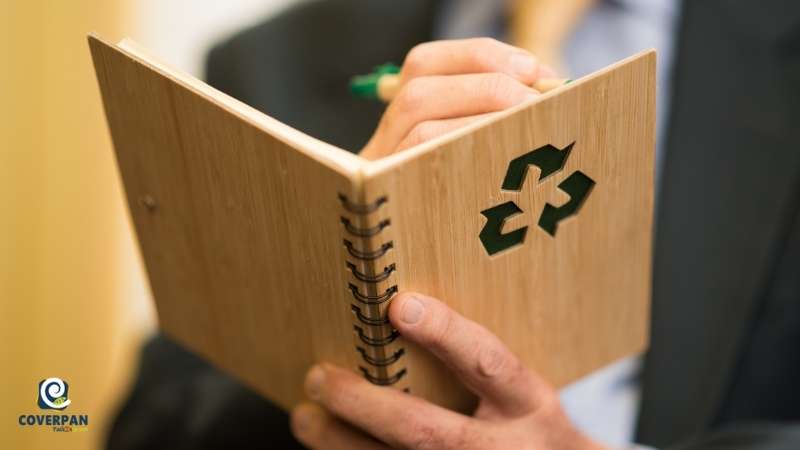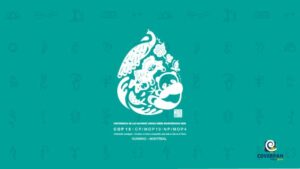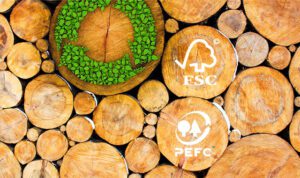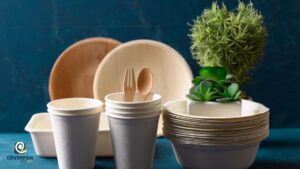What sustainable packaging means
This term have been widely used from the past years within circular economy or an “economic model that prioritizes the use of resources and the reduction of raw materials and encourages the use of renewable energies”. This model is being applied due to the recent commitments of Europe 2030, so that in the next decade the objective of “intelligent, sustainable and inclusive growth” can be achieved.
That is, the sustainable packaging is a container that can be recyclable, compostable and/or reusable. Following on this, at Coverpan we manufacture and implement this three “R” process.
- We reduce the waste of raw materials and optimize manufacturing process by working every day to reduce our waste.
- We reuse materials for R&D testing or to record impressions before starting manufacturing an order.
- We recycle the waste that we generate collaborating with authorized companies that treat the products that we dispose of appropriately.
Is sustainable packaging suitable for all companies?
When we think about sustainable packaging we normally think in the final product only. In order to obey with the 2030 requirements and business’ regulations, we must then go further: sustainable packaging has to be within the whole supply chain process, from manufacturing the product to the sale to the final customer.
Besides, it is normally thought that this process is more costly than the traditional one. It is not.
That is why is more advantageous from the conventional packaging:
• Reduces the storage costs, as they are containers of a smaller size.
• Savings in transport costs, since it represents up to a weight reduction of almost 90% when compared to glass or metal.
• They have more visibility in the canopies of the sales areas, which is a very useful marketing tool.
• Much less plastic is used, around 75%, which is important for the environment.
Encouraging the PackInGreen
At Coverpan we aim for a plastic-free world thanks to our PackInGreen line.
PackInGreen was created in order to contribute to the circular economy and our commitment to offering a BIOBASED, BIODEGRADABLE, and COMPOSTABLE packaging.
What is the difference between these three types of packaging?
BIOBASED: our containers are made of raw materials that come from biomass or plant sources and, therefore, are renewable in nature.
BIODEGRADABLE: These containers can be decomposed but are not reintegrated back into the Ecosystem. This is the name given to a material that micro-fragment as a consequence of the natural action of microorganisms such as molds or bacteria.
COMPOSTABLE: apart from being both biobased and biodegradable, these containers are made of raw materials that generate natural compost when exposed to the humidity and temperature conditions established in the EN13432 standard.
Sustainable packaging as the future for many companies
Together with the legal regulations, the economic benefits and an increasing demand for sustainable packaging by the population, companies that position themselves as soon as possible with the circular economy are going to be or are already being the most benefited.
If this is the case of your company, you can rely on Coverpan to bet on a sustainable and quality packaging, which has been our main objective for more than twenty-five years.




